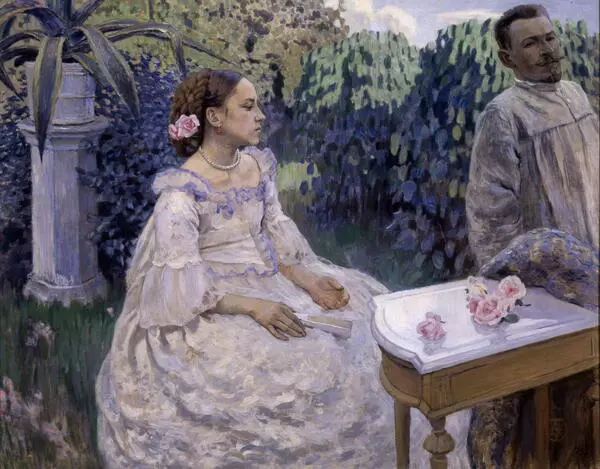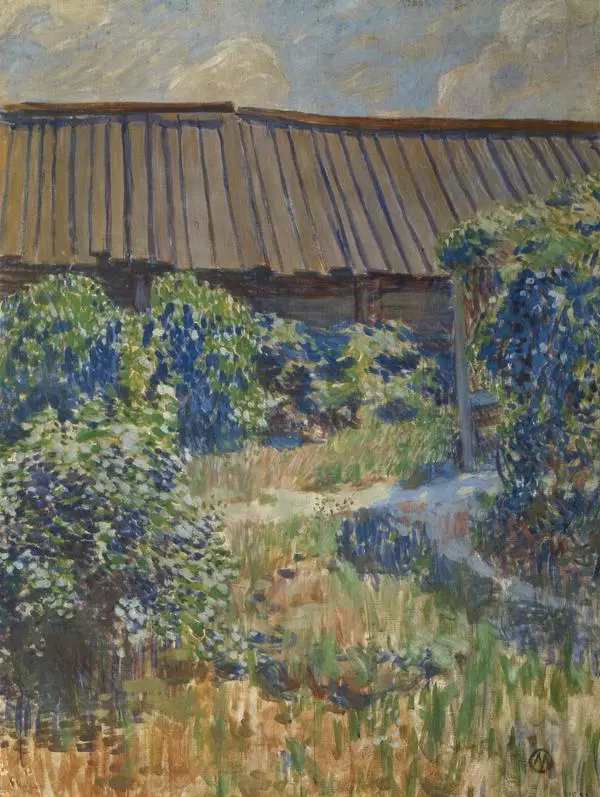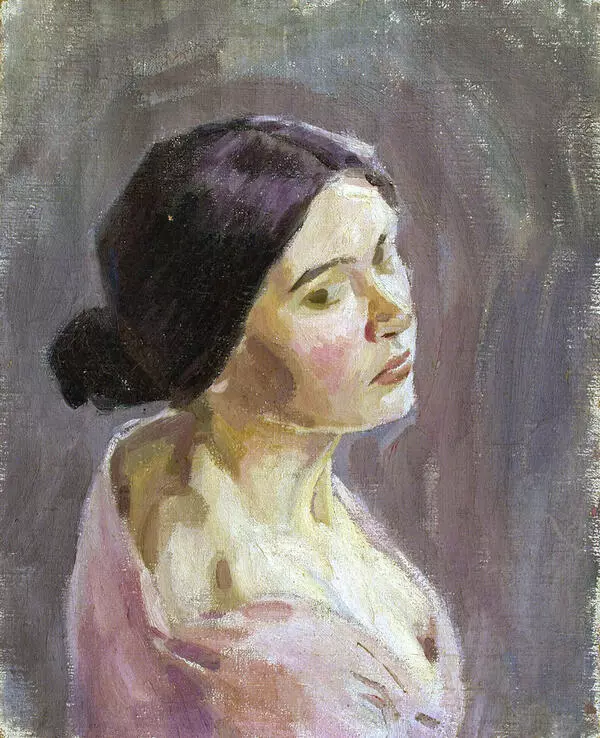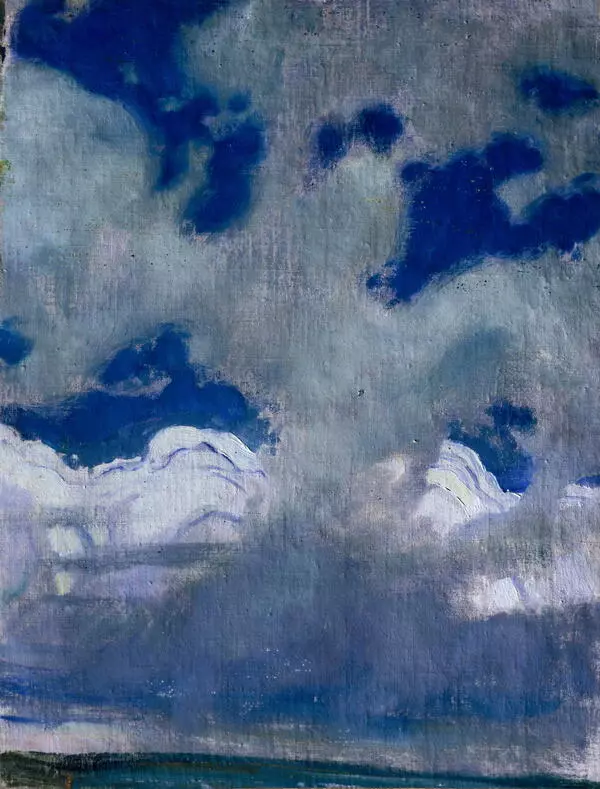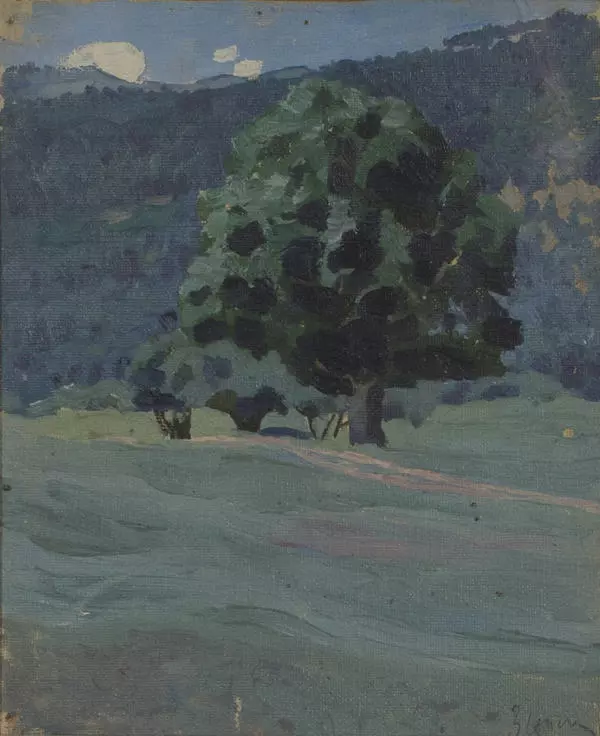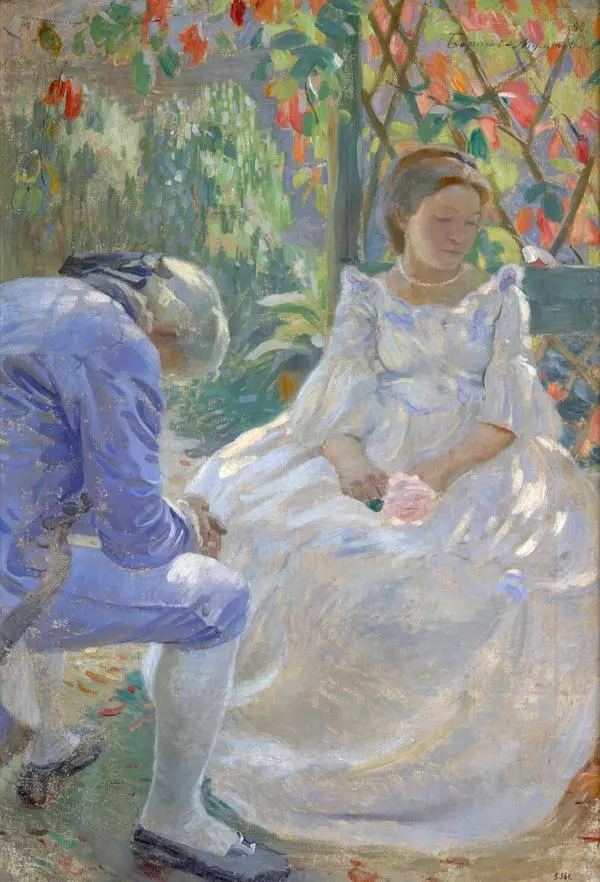The life of symbolist artist Viktor Elpidiforovich Borisov-Musatov turned out to be unfairly short: he lived only 35 years. But his creative heritage to this day excites and makes you think.
The future master of painting was born in Saratov in 1870. The boy, who had been drawing enthusiastically from the age of 6, was first admitted to the studio of the Saratov Society of Fine Arts. Having acquired his first artistic skills, the young man continued his studies at the Moscow School of Painting, Sculpture and Architecture. That was followed by studies at the St. Petersburg Academy of Arts and the Parisian studio of Fernand Cormon, who back in the day had ‘taken under his wing’ Toulouse-Lautrec and Van Gogh.
The future master of painting was born in Saratov in 1870. The boy, who had been drawing enthusiastically from the age of 6, was first admitted to the studio of the Saratov Society of Fine Arts. Having acquired his first artistic skills, the young man continued his studies at the Moscow School of Painting, Sculpture and Architecture. That was followed by studies at the St. Petersburg Academy of Arts and the Parisian studio of Fernand Cormon, who back in the day had ‘taken under his wing’ Toulouse-Lautrec and Van Gogh.
Musatov, who returned from France in 1898, began to search for his own identity and became close with the association Mir iskusstva (World of Art).




